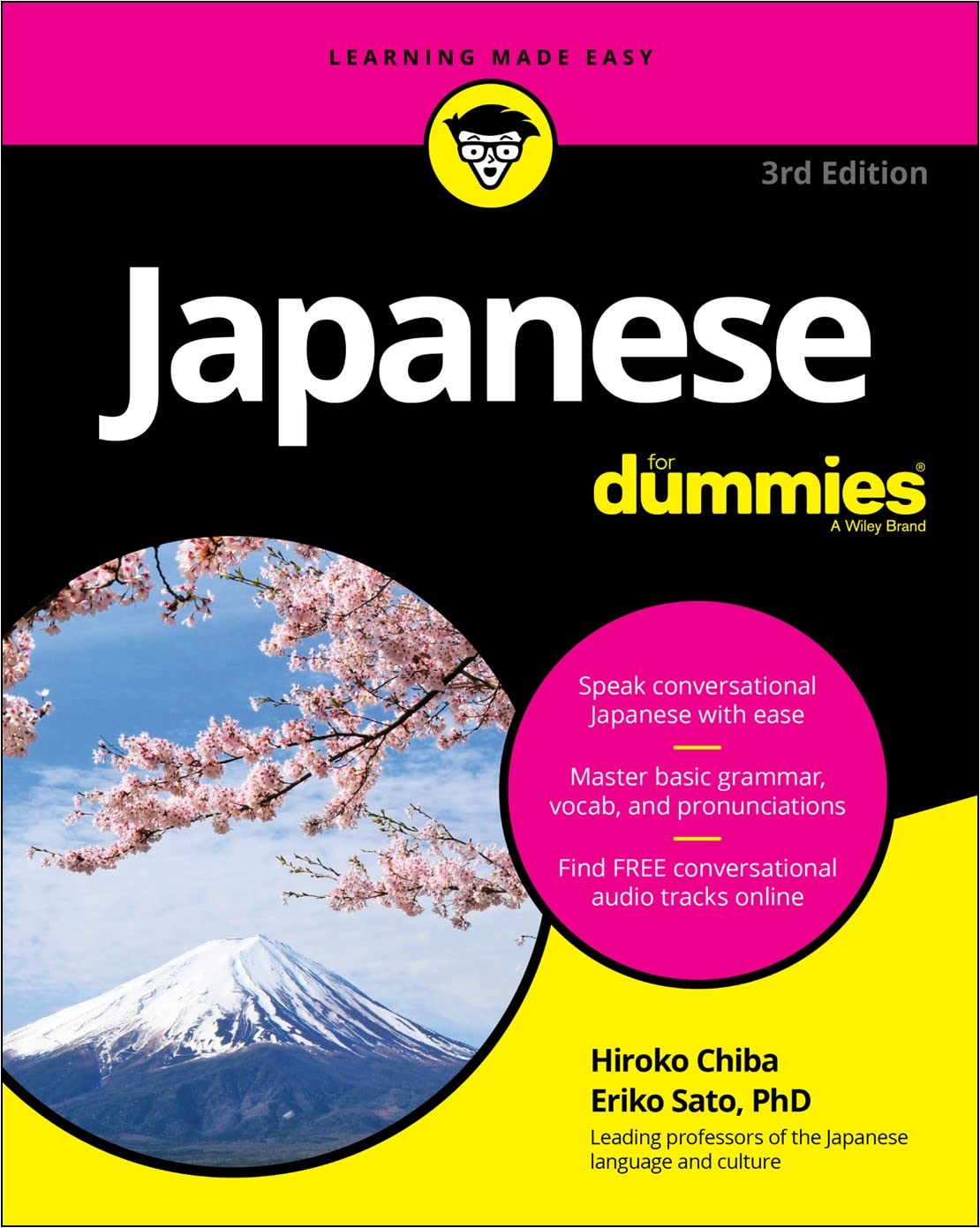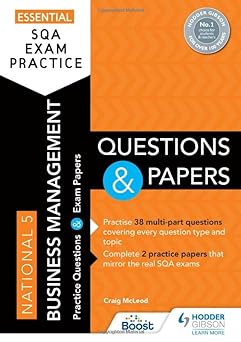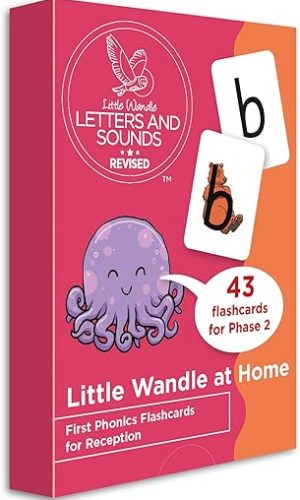Japanese For Dummies, 3rd Edition
£14.00£17.10 (-18%)
Learn to speak Japanese
Japanese language enrollment is up by 27.5 percent since 2006, making it the sixth most popular language studied on college campuses. Whether studying for school, business, or travel, Japanese For Dummies provides complete coverage of all Japanese language essentials including grammar, usage, and vocabulary.
Complete with free conversational audio tracks online, this handy book offers everything you need to learn the Japanese language to get ahead in class or on a trip to Japan. In no time, you’ll make sense of the language well enough to communicate with native speakers!
- Includes expanded coverage of grammar, verb conjugations, and pronunciations
- Provides a refreshed mini-dictionary with even more essential vocabulary
- Offers useful exercises and practice opportunities
- Helps you learn to speak conversational Japanese with ease
Whether for work, school, or fun, Japanese For Dummies is the fast and easy way to add this language to your skillset!
Read more
Additional information
| Publisher | 3rd edition (7 Dec. 2018), For Dummies |
|---|---|
| Language | English |
| Paperback | 416 pages |
| ISBN-10 | 1119475406 |
| ISBN-13 | 978-1119475408 |
| Dimensions | 18.29 x 2.79 x 22.86 cm |












by Sam Quixote
This was for a present…unfortunately the first page was bent. Having read another view of this book that said they had a badly printed copy I assumed this to be a one off. No, this copy also is badly printed. Really not happy.
by Margaret7
This is a super student support for anyone learning Japanese. I found it easy to follow and to understand. It takes you through the basics gently and surely – just as you would learn them in a language class. Everything is explained really well and as you go from the simple to more complex language and concepts, so you feel confident in taking the next steps. This would make a brilliant accompanying text to any beginner or anyone wanting to get a basic understanding before travelling to Japan.
by Noah
The “for dummies” range are never dissapointing and the layout is always helpful. With great use of headings, sub-headings, tables, and illustrations, the information is presentable and clear, helping you find your way through what is by any definition a difficult subject.
This book is ideal for someone travelling and needing to get by in Japanese. The part of tens that is usually included is useful beyond belief in this volume with ten ways to pick up Japanese quickly, ten things never to say in Japanese, ten favourite expressions and ten phrases that make you sound fluent in Japanese.
The volume ends with a short form Japanese to English dictionary and an English to Japanese dictionary as well a useful index. Full marks for this one!
by Bruce banner
Really easy to understand!
by Jeff Clark
My resolution this year was to learn Japanese and this is one of the books I picked up to help me on my way. I’ve been using DuoLingo as well but, while useful, the app doesn’t go into as much detail as I’d like. This is where books like this help fill in the gaps. It explains background and context so the questions I have when I use the app – why this sentence construction and not this? What’s the rule for using this particular word over this? and so on – get answered. Very handy and useful workbook for anyone looking to learn Japanese – highly recommended!
by R. WEST-SOLEY
This Dummies language course is another concise, clearly formatted book in a series which is famously informal and chatty in style. It makes for a gentle and fun introduction to Japanese, which, although might be best supplemented with another more ‘serious’ course for some learners, also doubles as an excellent dip-in-dip-out quick reference guide for learners around the A1-A2 level.
The book is thematically organised into topic areas, such that you don’t *have* to follow it from beginning to end in a linear fashion, if you are using other texts. If you dip in and out as you need, it can serve as a great vocabulary booster alongside another course, for example. The vocabulary is absolutely bang up-to-date, with current sections on technology and computing vocabulary that don’t sound like they came from the 1990s.
Some of its strengths include:
????????Everything is given in romaji (roman script) to learn, but also Japanese script for reference
????????It covers core grammar, including basic verb forms for past and present
????????It includes some useful verb tables at the back
????????It focuses almost completely on the polite register, but includes a nod to more informal Japanese too
????????There is a good deal on the social nuancing words of Japanese, including a great section on particles
The downside – it’s missing accompanying audio. It’s a real shame, as other Dummies language books I’ve used have included a CD in the past, or, more recently, online MP3 downloads. Japanese isn’t a very hard language to pronounce from the romaji transliteration, but it does seem a shame not to have included it here.
It is also written with an American audience in mind, and peppered with Americanisms like ‘ATM’ and ‘movie theater’, but since the aim is to learn Japanese here and not American English, I think we can let that slide! 🙂
A great addition to your collection as a beginner or an intermediate student wanting a quick simple grammar reference, although you might want to get this with something like Colloquial Japanese if you want to take it further.
by R. WEST-SOLEY
I feel a little more confident after reading this Japanese for dummies, it is well laid out and progresses slowly through the essentials. My own view is that I want to progress to learn more and so using this as a basis I can see if its really the language I can cope with. It has certainly encouraged me to learn more and dig deeper.
JC
by brouse
This is pretty decent as far as beginner guides to learning a language goes. As with many “Learn Japanese” books it uses romaji as a base to teach, and gives a sense and flavour of accompanying hiragana, katakana, and kanji. The book doesn’t come with an audio guide to pronunciation, but that’s not really an issue in an age of instant video access, as it’s easy enough to find videos that will teach you how to pronounce each “syllable” (Japanese is probably one of the easiest languages to learn the basics of the alphabet in. Once you learn how to pronounce ‘a’ you now know how to pronounce ka, ga, ta, sa, etc; once you learn how to pronounce ‘u’ you can now pronounce ku, gu, tsu, su, etc;)
By itself it’s probably not going to teach you anything beyond the very basics of Japanese, but it is a good place to start.
The only reason this book lost a star is because my copy had a few blank/faded pages in the centre where the press ran out of ink during production. Your copy probably won’t have the same issue.